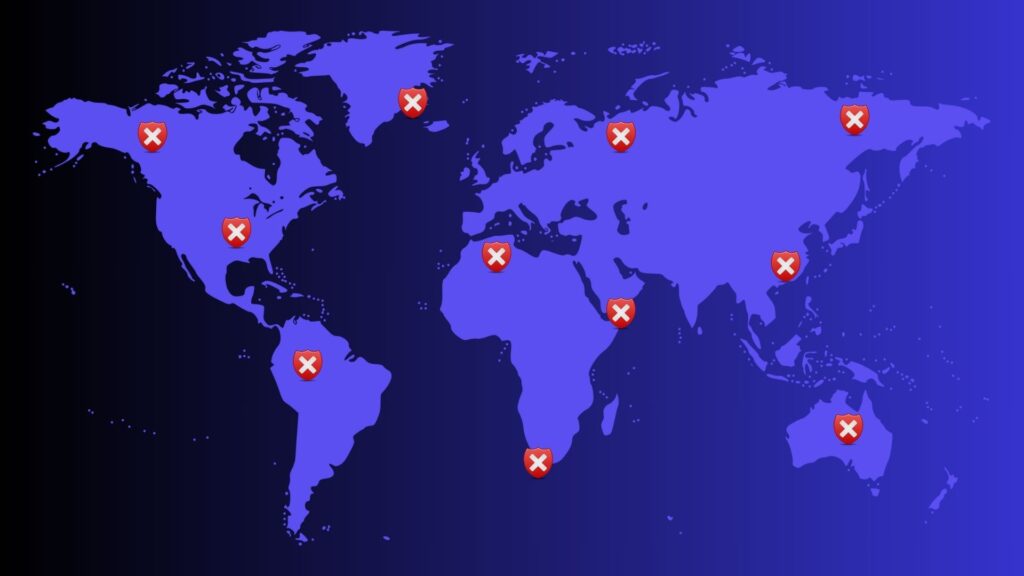You have probably heard people talk about cyber threats or cyberattacks, but what are cybersecurity threats and more importantly, do you know how to spot them? It is important to understand how cyber threats could affect you because of the astounding increase in attacks recently. In this article, we’ll define these terms and provide tips to help you easily spot common threats and attacks as part of your online safety.
What are cybersecurity threats?
Cybersecurity threats are dangers that could potentially impact your online safety. Think of threats as things that could happen. For example, using a well-known or common password which can lead to someone gaining access to your account. Furthermore, a threat could lead to an attack.
What are cyberattacks?
Cyberattacks are dangers that impact your online safety. Think of attacks as things that are currently happening. For example, a hacker discovering that you are using a well-known password and then gaining access to your account. Furthermore, an attack often stems from a known threat.
Top 3 cybersecurity threats in 2024
1. Ransomware
Ransomware is a huge risk to businesses and individuals alike. It locks your device by encrypting all your data and requesting a payment, usually in cryptocurrency, to unlock it. This year has seen a significantly high number of ransomware attacks which will likely continue to increase in the future.
You can spot these attacks by noticing that your files are disappearing, or noticing changes to your file extensions (.docx, .pdf, etc.). You may even receive a simple text note related to the ransomware. Then there’s the final boss stage of the “Your files have been encrypted” message being displayed on your screen.
2. Social engineering
Social engineering uses tactics that appeal to people’s willingness to be helpful and using it to gain access to sensitive information. Common attacks include phishing, vishing, tailgating, etc.
You can spot these attacks by noticing unsolicited emails containing links or attachments, scam calls asking for your one-time pin (OTP) to access your bank account, or strangers asking you to help them enter a building because they “forgot their access card at home”.
3. Malware
Malware, which is short for “malicious software”, encompasses a variety of threats such as computer viruses, worms, and spyware, to name a few. These tools are used to gain access to a device, steal data, or wreak havoc on the system.
You can spot these attacks when you visit suspicious websites that you are not familiar with, when you receive requests to download and install software that you didn’t initiate, or when you download apps from unofficial websites instead of the official app store on your device.
This is not an exhaustive list, there are many types of cyber threats to be aware of. However, it is also important to know which threats are up and coming. Let’s look at these threats.
Emerging cyber threats
Cyber threats are constantly evolving and new threats are introduced as technology improves. Here are two of the scariest emerging threats you need to be aware of:
- AI-powered cyberattacks. Cybercriminals are leveraging artificial intelligence (AI) to make attacks more advanced and sophisticated. They use AI automation to discover and exploit vulnerabilities within systems. They even use AI-based malware that can learn and adapt to changes, making it harder for security tools to detect and remove.
- Deepfakes. Deepfake technology has been around for some time, but with the use of AI, it has advanced substantially. It can create ultra-realistic fake videos and voices which can easily lead to impersonation attacks. Deepfake scams target both businesses and people – no one is safe.
But it’s not all doom and gloom. There are still security measures that you can implement to help keep you safe from cyber threats and attacks.
What you can do to stay safe online
Everyone can improve their online security by implementing a few techniques and gradually increase over time. Here are a few tips to help you get started:
- Be informed. Cyber threats are constantly changing. Make sure to read up on tips and new trends, like what you’re doing now. We are here to help you stay safe online.
- Update everything. Update your devices, your apps, your operating systems, EVERYTHING. Outdated software often contains well-known vulnerabilities that hackers can use to gain access to your data. Don’t ignore those update notifications.
- Use strong, unique passwords. This is a very basic, yet effective, security tip. Use long passwords containing different characters and use a different password for each of your accounts.
What’s next?
Understanding cyber threats and attacks is the first step. Continue your online safety by following cybersecurity tips and improving the protection of your personal data. By staying proactive, you are contributing to your online safety. Remember, cybersecurity is for everyone; if we all do our part, we can improve online safety for all of us.



